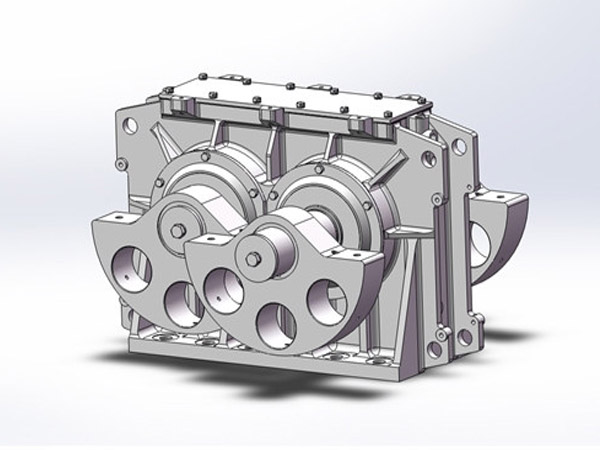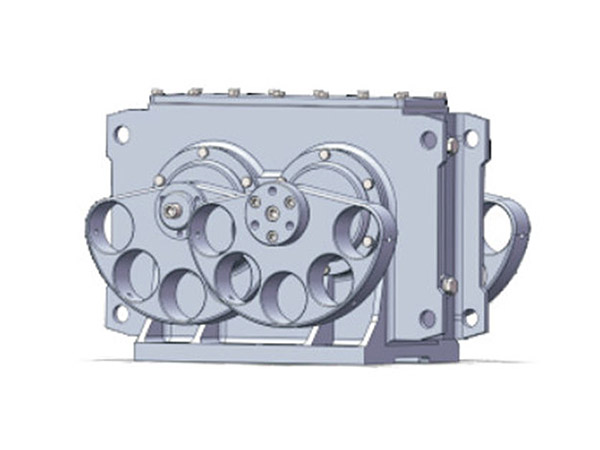What are the parts of the vibrating screen exciter?
The vibrating screen exciter is a critical component of the equipment, responsible for generating the vibration that drives the motion of the screen deck. It typically consists of several main parts that work together to create the desired vibratory motion. The specific design and configuration of these parts can vary depending on the manufacturer and the type of vibrating screen.
Vibrating screen exciter parts

Vibration Motor: The vibration motor is an essential part of the exciter and provides the primary source of vibration. It is an electric motor that generates the necessary rotary motion to drive the eccentric weights or shafts.
Eccentric Weights: Eccentric weights are attached to the vibration motor’s shaft. These weights are offset from the center of the shaft, creating an unbalanced force when the motor rotates. The unbalanced force generates vibratory motion and vibration amplitude.
Shaft: The shaft is a key structural component that connects the vibration motor to the screen frame. It transmits the rotary motion from the motor to the screen deck, causing it to vibrate.
Bearings: Bearings support the shaft and allow it to rotate smoothly. Properly functioning bearings are crucial for the smooth and reliable operation of the exciter.

Housings and Seals: Housings enclose the bearings and other internal components, providing protection and support. Seals help to prevent contaminants from entering the bearings and ensure their longevity.
Mounting Structure: The mounting structure connects the exciter to the screen frame. It must be sturdy and well-designed to withstand the forces generated during operation.
Counterweights (Optional): In some designs, counterweights may be used to balance the rotating mass and reduce vibration transmitted to the surrounding structure. They can help improve the stability and performance of the vibrating screen.

Drive Belt or Coupling: The drive belt or coupling connects the vibration motor to the shaft, transmitting the motor’s rotary motion to the exciter.
The interaction between these components generates a vibratory motion that causes the screen deck to oscillate or vibrate. This motion is crucial for the efficient separation and classification of materials on the screen surface. Different types of vibrating screens may have variations in the design and arrangement of these components, but the fundamental principles of operation remain consistent. Proper maintenance and periodic inspection of the vibrating screen exciter components are important to ensure reliable performance and extend the equipment’s lifespan.



